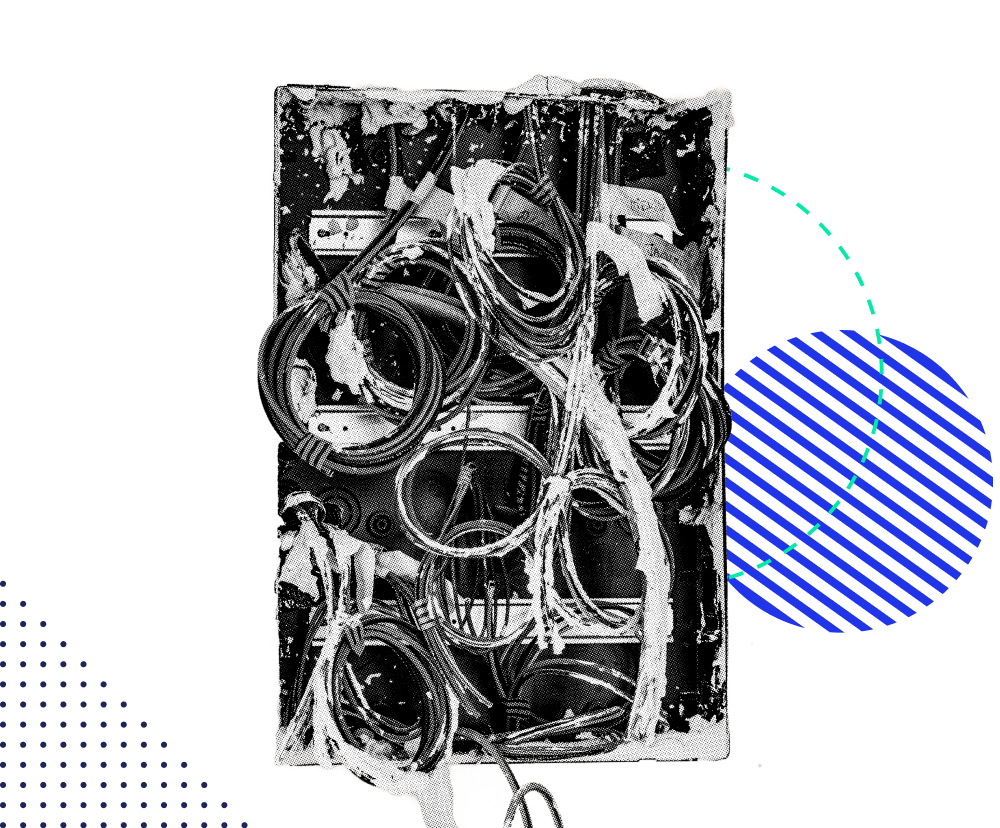The Six Most Common Breakdowns in the Process for Disruptive Innovation
Change Logic has a fifteen-year track record helping companies beat the odds to build disruptive new ventures. Drawing on this experience and research from our Harvard and Stanford founders, we have isolated the six most common breakdowns in the process for disruptive innovation. These are six repeating problems that, if we prevent, will increase the odds of success.
Innovation Zoo
High participation means more ideas, which increases the chances of having a breakthrough. However, it also dilutes focus, with bad ideas sucking funding away from good. Focusing energy on defined ‘hunting zones’ where the opportunities are greatest increases yield on innovation investment.

Inside-Out
Experts know the technical possibilities an innovation creates, but that doesn’t mean it is something customers want to buy. Innovators need to learn what problems customers want to solve. That requires a disciplined approach to discovery that isolates the ‘job to be done’.

Pilot Purgatory
Lean Startup practices have liberated firms from constraints of stagegate innovation. However, too many business experiments get stuck in limbo neither approved nor cancelled. That’s not because they are bad ideas, but because they lack enough support from the internal ecosystem to win investment.

Investing Ahead of Learning
It has become fashionable to ‘fail fast’, however, learning is the goal, not failure. Unfortunately, incubating new ideas can be a painstaking process. Executives get restless and impatient. This can cause them to act before the data are in. They need to learn to respect different sorts of metrics.

Crossing Wires
Core beats Explore is an axiom a corporate innovator should remember. When a business is under pressure the need to deliver short-term results, will always make it attractive to cut radical innovation. The best way to avoid this is to separate out exploratory innovation as a separate unit – in an ambidextrous organization.

Capacity to Act
Faced with a decision to commit resources to a radical innovation or to sustaining today’s business, some leaders freeze. They stand at the precipice but do not act. Acknowledging the competing commitment is step one in the process of managing it to enable core and explore to prosper.


We are growth builders
We partner with visionary leaders to realize their businesses’ full potential.